State
Tribe Name
Art Type
short description
This dance is executed by the Tripuri community as well as the Kalai Tribes. Kalai, although identified as Halam Tribe by ethnic characteristics, is recognized as one of the Kokborok speaking Tribal Groups within the State. Their socio-religious practices are also similar to those of the Tripuris. The Koloi group dance is quite vibrant, performed to honor the deity ‘Sangrama’. This dance takes place in connection with the ‘Navanna Utsav’ during the month of November. The costumes worn during the dance possess beautiful colors and are very appealing.
Thumbnail
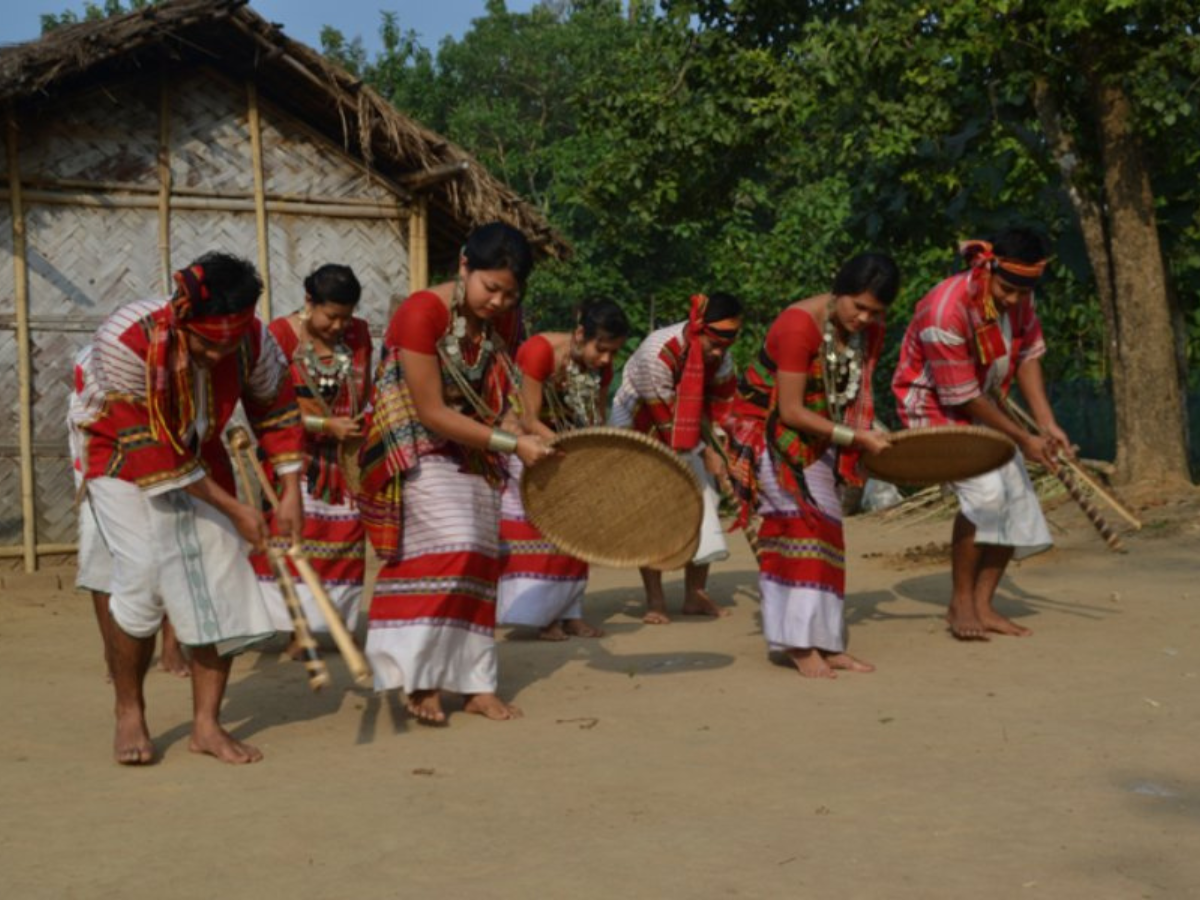
Filter Postion
Right
Filter Background
Off
Theme
Filter Header Image

content
Image
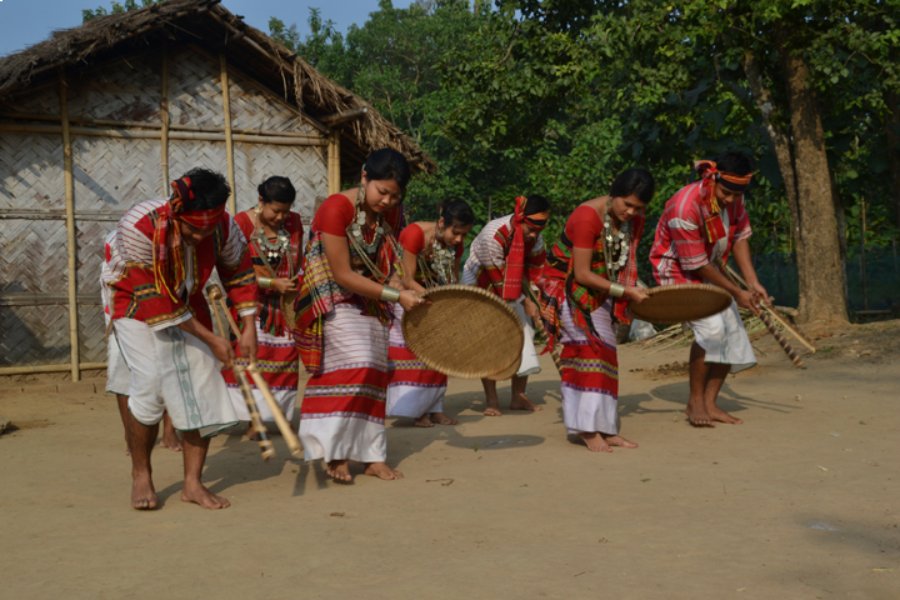
description
This dance is executed by the Tripuri community as well as the Kalai Tribes. Kalai, although identified as Halam Tribe by ethnic characteristics, is recognized as one of the Kokborok speaking Tribal Groups within the State. Their socio-religious practices are also similar to those of the Tripuris. The Koloi group dance is quite vibrant, performed to honor the deity ‘Sangrama’. This dance takes place in connection with the ‘Navanna Utsav’ during the month of November. The costumes worn during the dance possess beautiful colors and are very appealing.
Image Mode
landscape
Image
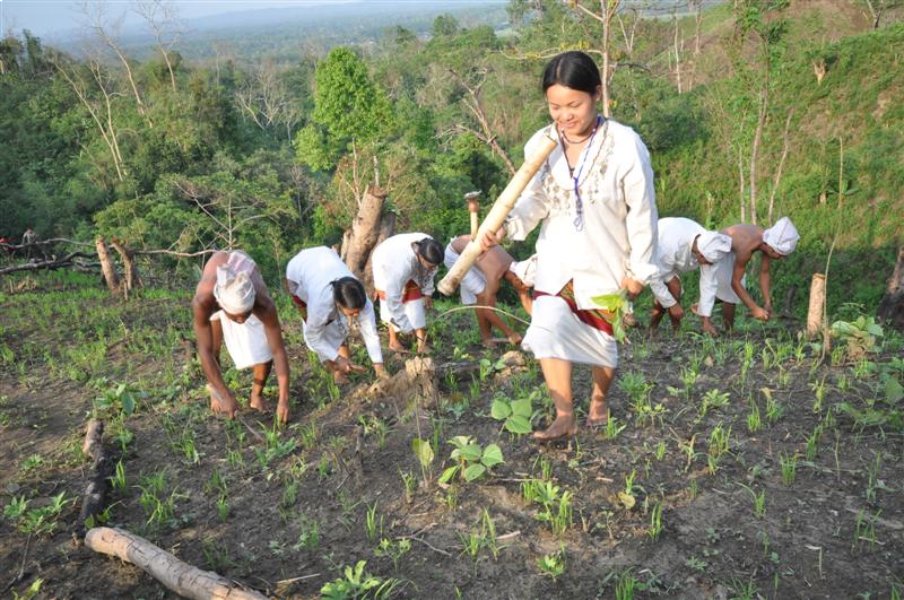
description
The Tribes of Tripura have rich cultural heritage which are being handed down from generation to generation. Their dances musics attracts all section of people. The Tripuri are the largest tribal community of Tripura. They speak the Kokborok, a Sino-Tibetan language of the Bodo–Garo branch. The community reside mainly in the West & Gomati, Sepahijal & South Tripura district and they number around 5,92,255 individuals as per the 2011 census.
Image Mode
landscape
Image
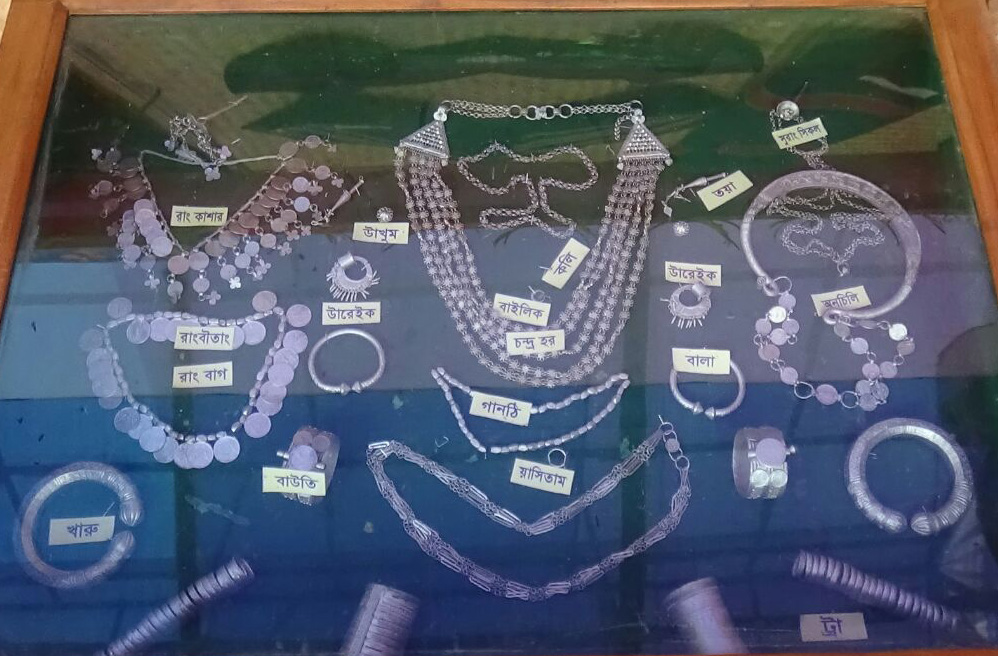
description
During the Mamita festival, women wear their traditional outfits, which include a lovely red and white skirt paired with an upper body cloth, along with several necklaces and silver ornaments for their ears, hands, feet, and hair. In contrast, the men dress in traditional jackets, dhotis, and turbans. While both genders participate in the Mamita dance, it is the men who supply the musical accompaniment, singing the classic Mamita song.
Image Mode
landscape
Image
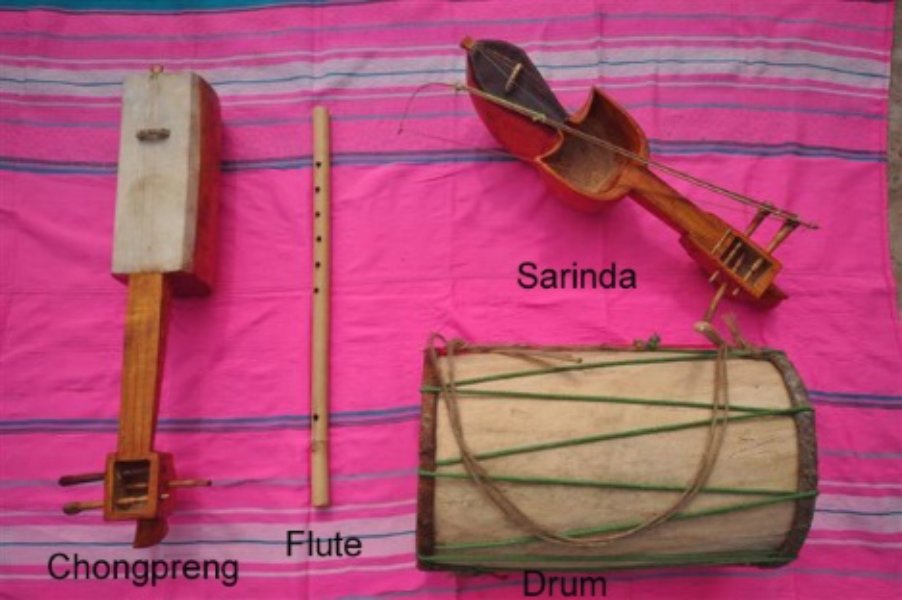
description
Playing drums made by stretching two leather membranes, flutes crafted from small bamboo, bamboo clappers, and fiddles (Sarinda) which is a string instrument similar to a basic violin.
Image Mode
landscape
promoted
On
Verified
On
